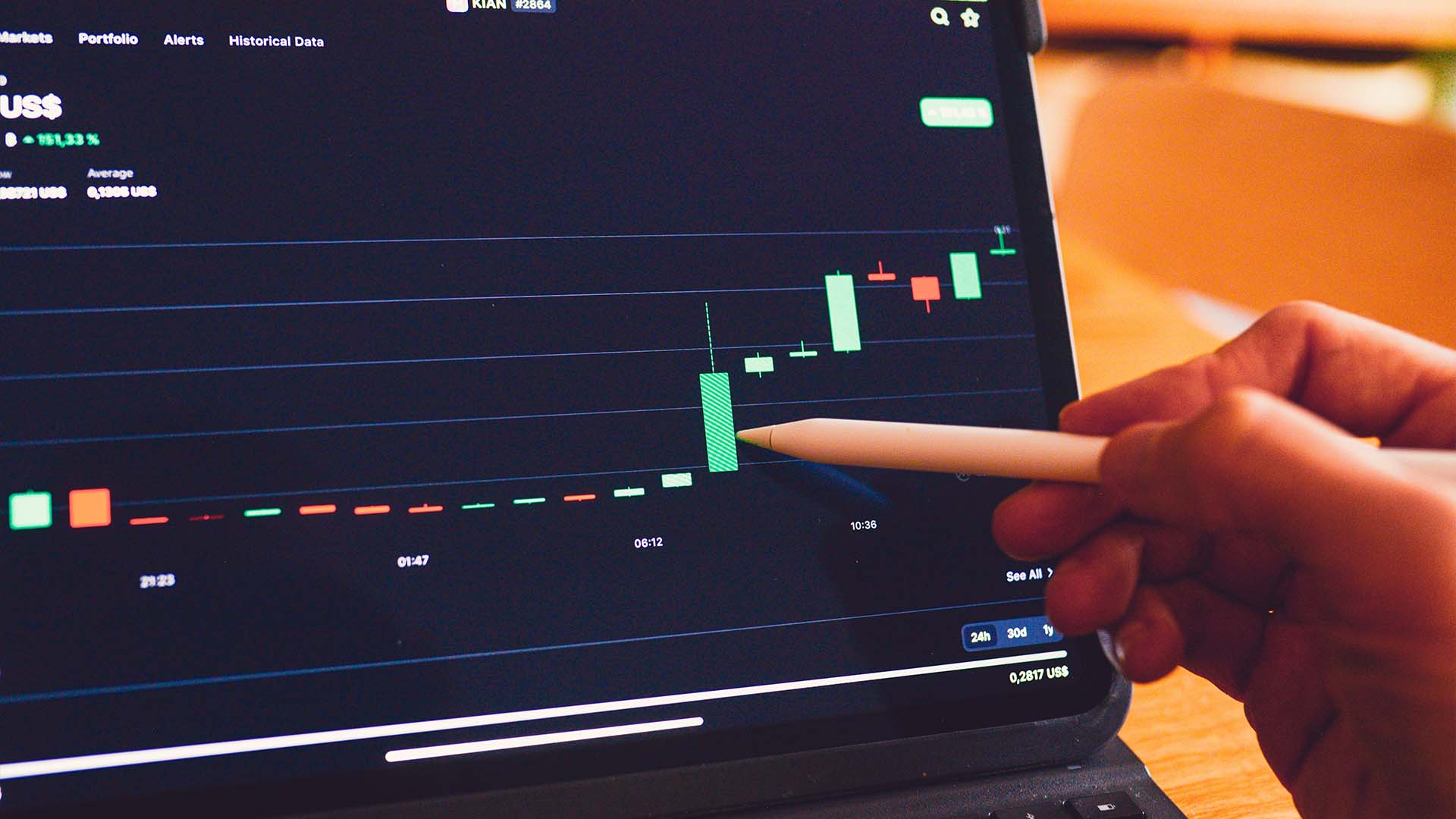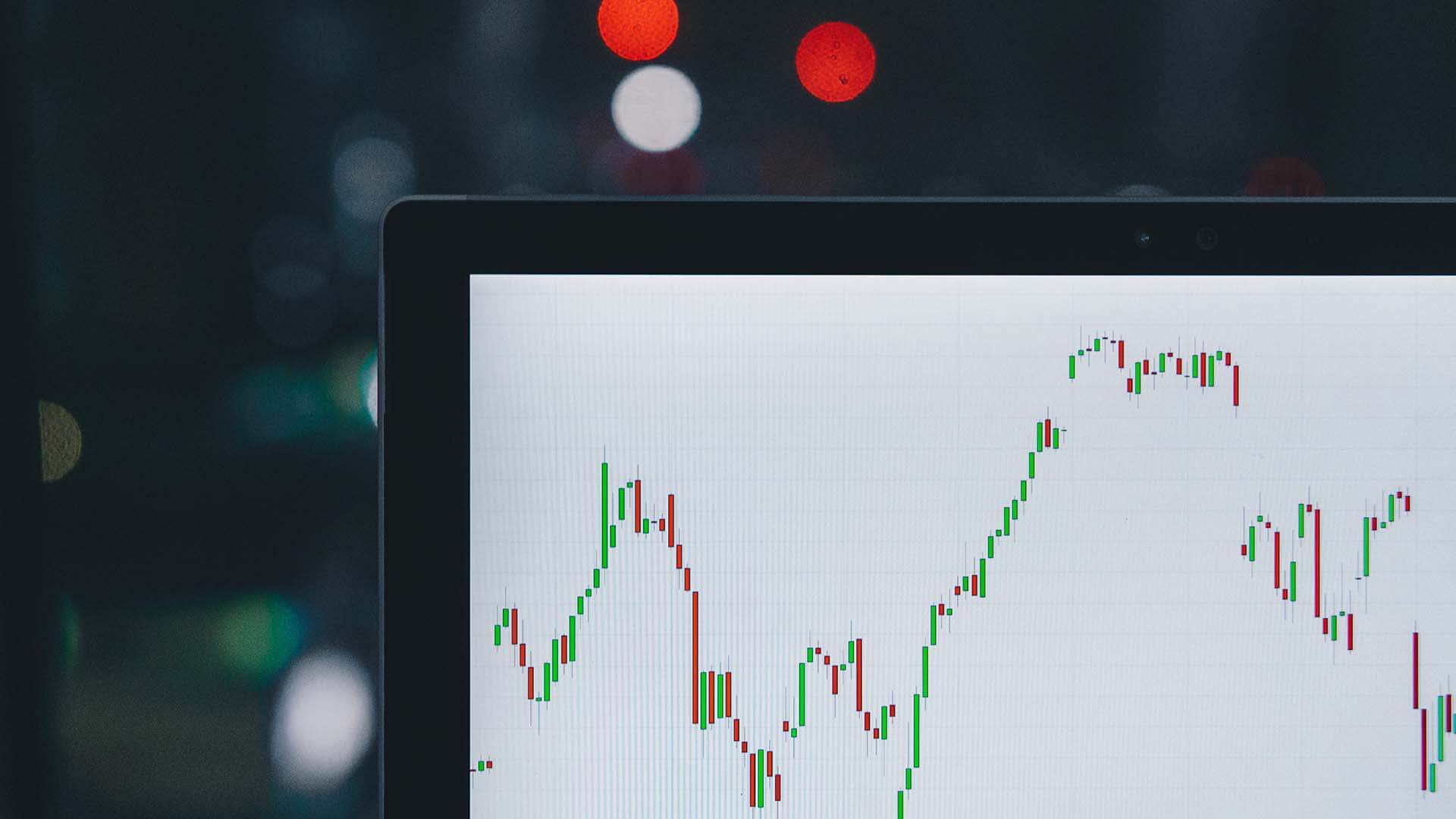Option traders often construct synthetic put positions to hedge their short stock positions. When you are short stock, your risk is theoretically limitless. Consequently, option traders buy calls to protect the position from a large rally in the stock. Just like a put buyer can buy in the money, at the money or out of the money puts, the person who is short the stock can determine the level of protection they want to have. For example, if an option trader is short 100 shares of stock at $50 they can buy a $45 call to protect the position. That call is already in the money so the risk exposure is limited. Unfortunately, the stock has to fall below $45 for the short stock position to defray the cost of the call and make money. This would be equivalent to buying a $45 put. The stock has to fall below $45 for the position to become profitable at expiration. If the stock rallies to $55, the $45 put will expire worthless and the loss is limited to the purchase price of the put option. This is true for both the synthetic put position and the long put position. These two option strategies are equivalent as long as the put and call strike price is the same. Shorting the stock and buying a 45 call is the same as buying the $45 put option. That is why this option strategy is called a synthetic put. If the trader wanted to buy less protection they could buy an out of the money $55 call. They would have greater position risk and the protection would not kick in until the stock reached $55. This would be equivalent to paying a lot to own an in the money $55 put option. As the stock rallies, the in the money put loses value almost point for point with the stock. The risk is limited to the purchase price of the put. If the stock declines, this deep in the money put will start making money right away because it is almost like being short with the stock.
Synthetic Put
Definitions
January 3, 2009
2 min read









